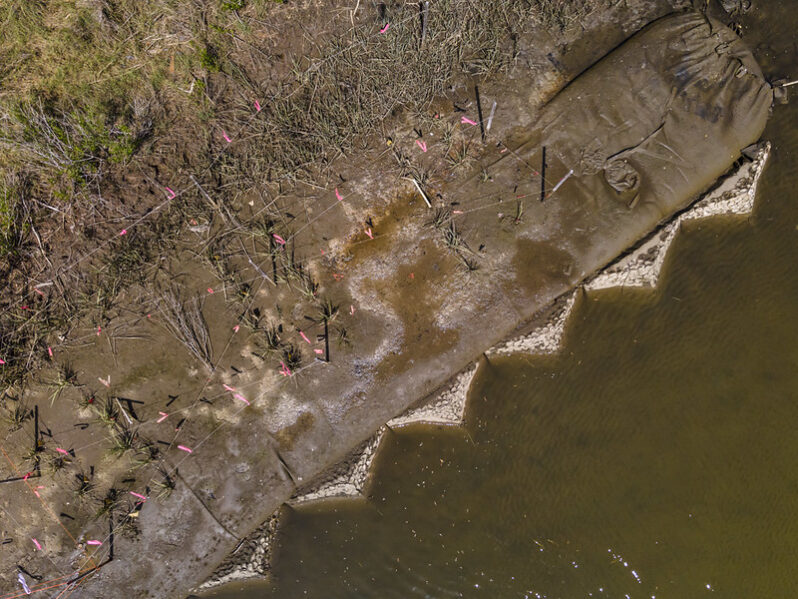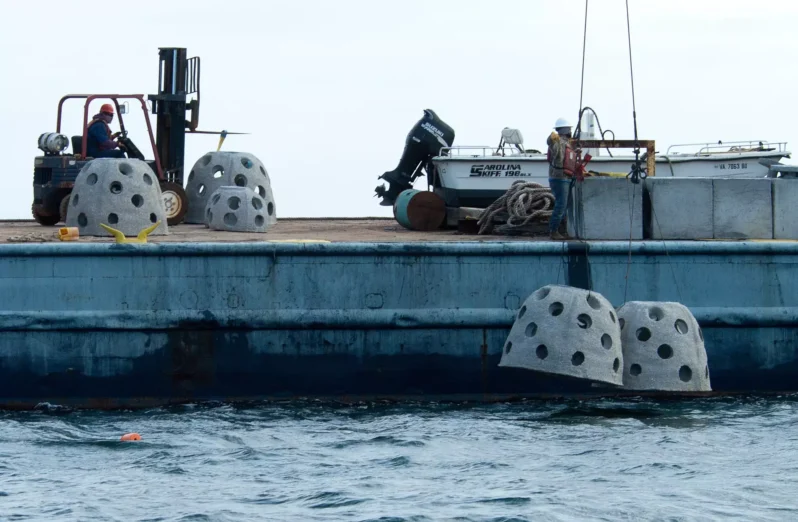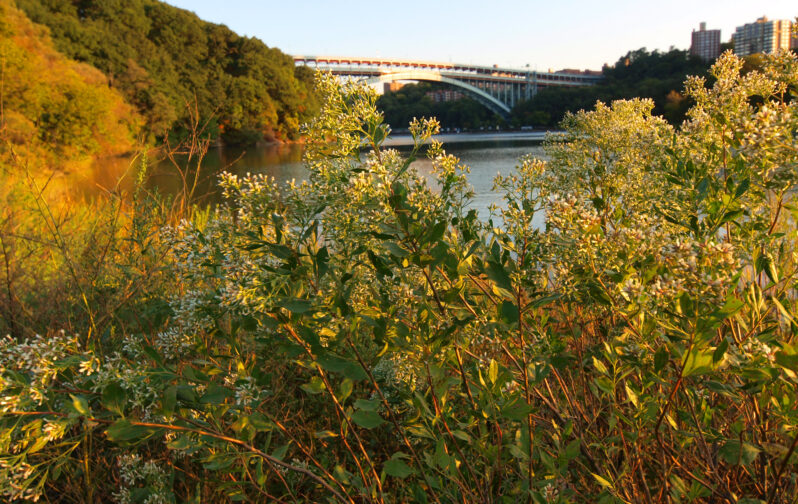U.S. East Coast adopts ‘living shorelines’ approach to keep rising seas at bay – Mongabay

Excerpt: Along the U.S. East Coast, communities are grappling with the dual destructive forces of rising sea levels and stronger storms pushed by climate change, resulting in effects ranging from ‘ghost forests’ of saltwater-killed coastal trees in the Carolinas, to inundations of New York City’s subway system. While the usual response has been to build […]
Hurricane Idalia shows nature may provide the best shoreline protection – NPR

When Hurricane Idalia slammed into Florida’s Gulf Coast in August (2023), one of the hardest hit areas was Cedar Key. A nearly 7-foot storm surge battered the small fishing community…(NOAA) says Idalia caused an estimated $3.6 billion in damage…But on Cedar Key, when the water receded, scientists found some good news amid all the damage. Nature-based “living shoreline” projects built to protect roads, buildings and other structures were relatively undamaged…
Northern Manhattan Wetland Faced with Climate-Change-Induced Erosion is Reimagined – Inside Climate News

When the New York Restoration Project first started working in the late 1990s to clean the unnamed shoreline along the Harlem River in northern Manhattan, the intertidal mudflat and wetlands weren’t just a neglected area, but a former illegal dumping ground. How the cove, the largest wetland left in Manhattan, has become a bountiful greenspace where migrating birds, crabs, tadpoles and toads are all thriving, despite the existential threat posed by climate change in shoreline communities, is a story of robust community involvement and skillful coastline management…
